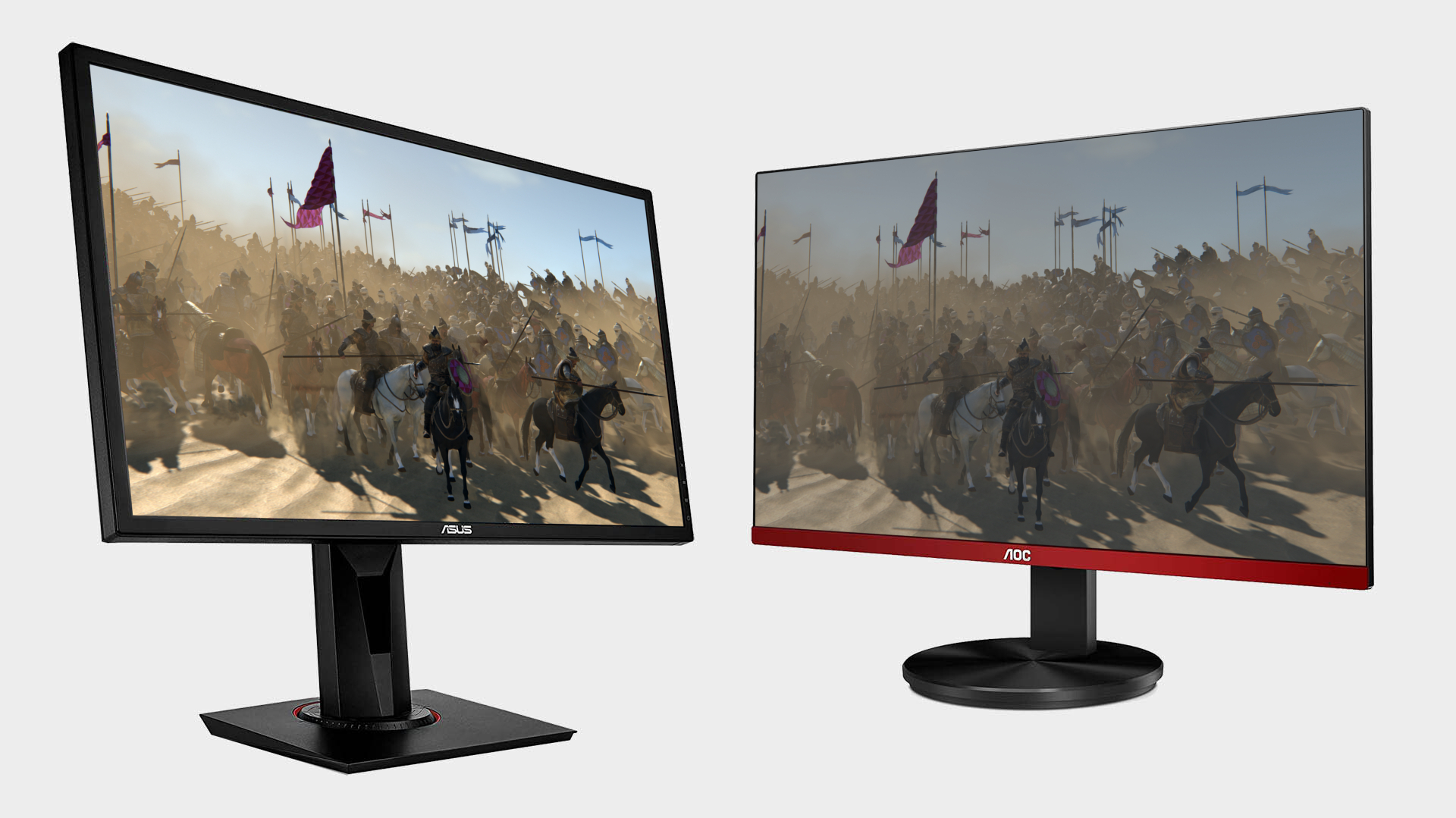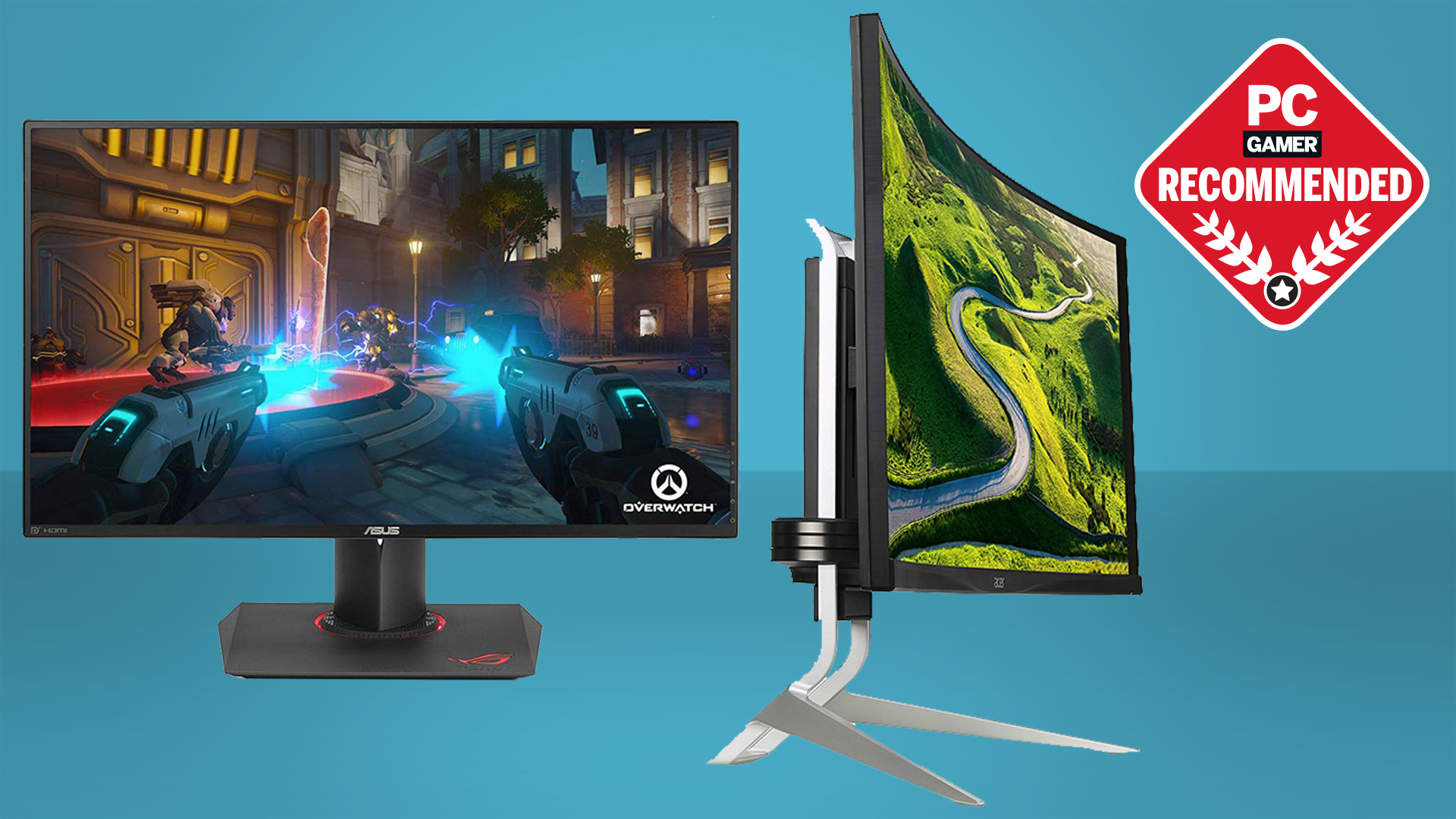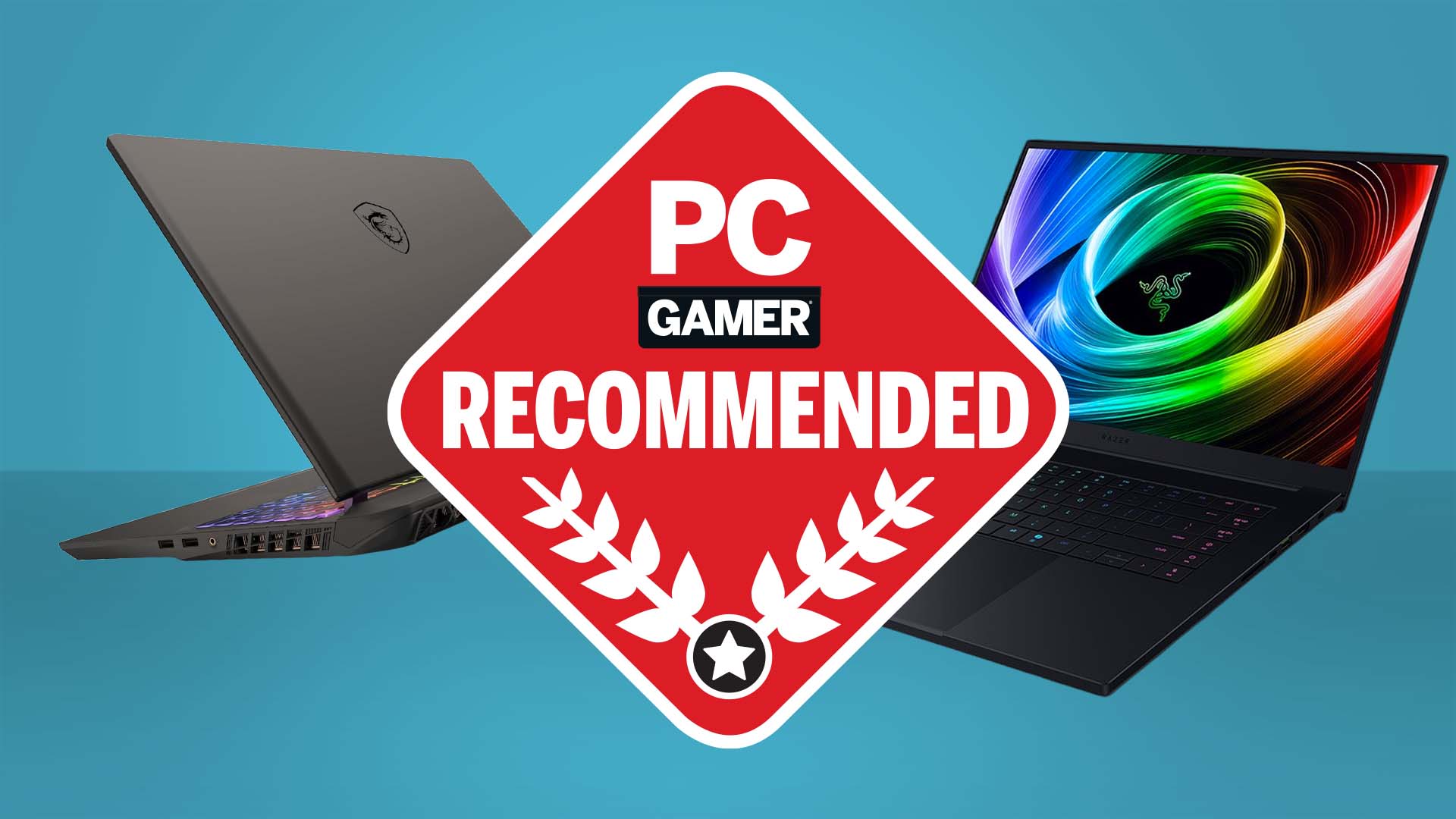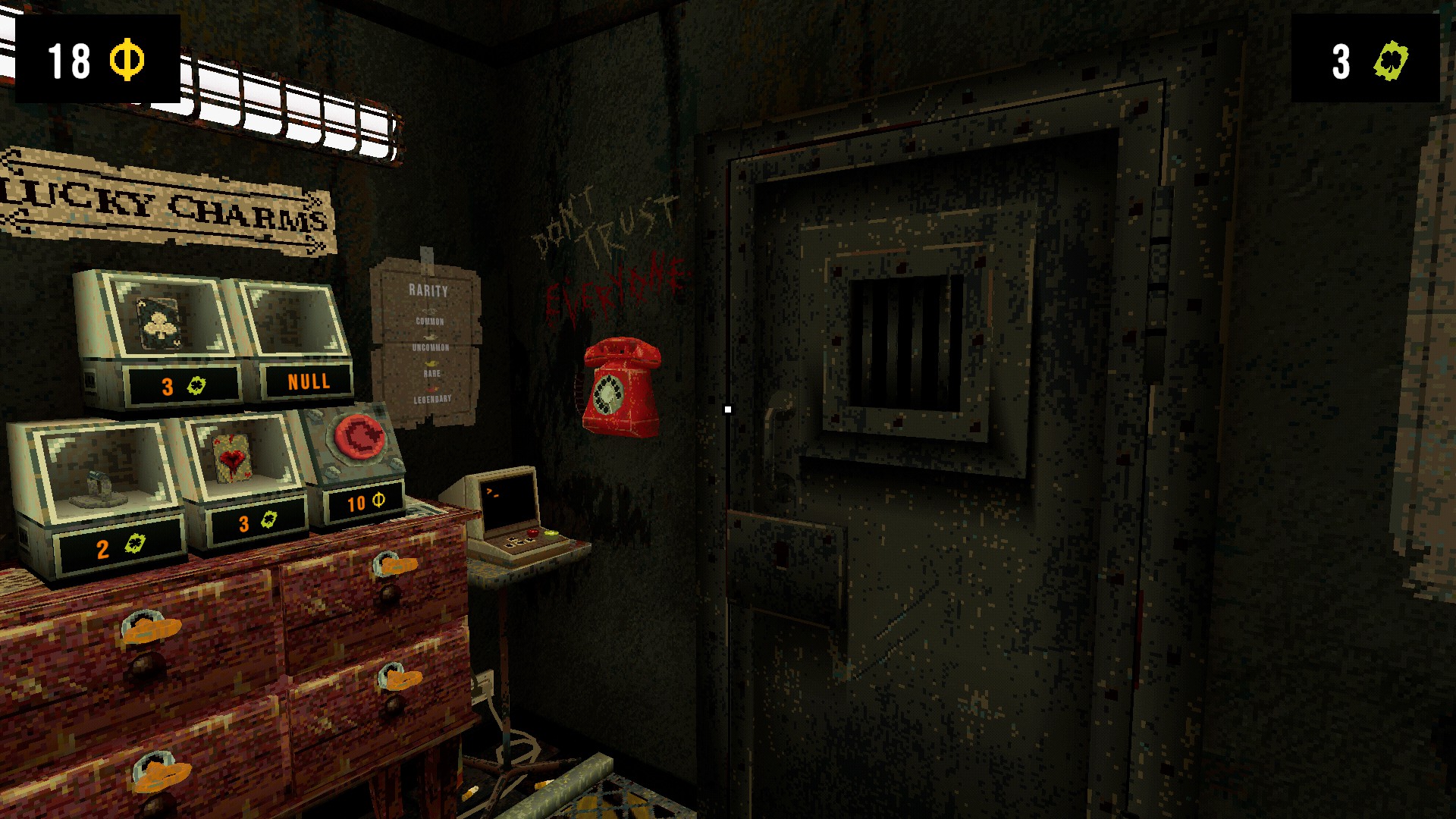Ask PC Gamer: TN vs IPS displays - which is better for gaming?
The two monitor technologies have been going head-to-head for years, but who wins in the TN vs IPS gaming debate?

You come seeking answers to the age old question of TN vs. IPS. Well, then look into my crystal ball. You see how sharp and clear the image is coming through? That's because it uses an IPS panel. Analogy complete.

Now you know the answer, it's time to find the best gaming monitor for you.
For a deeper dive into monitor technology, check out our guide to resolutions, panel types, and refresh rates.
But if you want to pick up the best gaming monitor for your PC, you're going to be confronted with a couple of techie terms: IPS, TN, and VA. Let's break down what those mean and which one is best for gaming.
Once you get down to it, these terms are actually relatively straightforward, and knowing your IPS from your TN will be of huge benefit when scouring the digital shelves for a bargain.
The best panel for gaming is IPS. There I said it. There's just one issue with that conclusion: IPS panels can be expensive, especially ones which are made to match their TN and VA counterparts in raw speed. That's why you'll find monitors of all panel types on the market and recommended by the critics—if you can't have everything in one monitor, you need to strike the best balance of strengths and weaknesses.
But first, let's break down what each term means. It's important to note that all of the monitor types listed below are LCD panels—which are themselves a type of LED panel.
- TN - Twisted Nematic
- IPS - In-plane Switching
- VA - Vertical Alignment
Each panel type is generally considered better in a certain aspect, while weaker in the rest.
| Header Cell - Column 0 | Strengths | Weaknesses |
|---|---|---|
| TN | refresh rates, response times, cheap | viewing angles, colour |
| IPS | vivid colour, accuracy | expensive, response times |
| VA | refresh rates, viewing angles, contrast | response times |
By those metrics, it's obvious why TN panels are commonplace across the most popular cheap gaming monitors. They can deliver in the areas that most gamers prefer: refresh rate and response times. It's also why IPS panels are favoured by artists and creative professionals: they can deliver colour accuracy that's pivotal to their workloads.
Keep up to date with the most important stories and the best deals, as picked by the PC Gamer team.
That's the general idea, anyways. I wish I could end it there, but unfortunately it's not always quite so cut-and-dried in the monitor world. Where things get tricky is that some panels perform better than others and cross the party lines for a panel technology.
Some TNs don't look so bad, especially not some of the 24.5-inch ones we've seen lately, or the 4K ones. But despite not being famed for high refresh rates, if you want the absolute pinnacle of monitor performance and fidelity then an IPS panel is best suited to deliver. These panels are often found with refresh rates that pale in comparison to, say, a 360Hz TN, but if you're willing to lay down the cash you can pick up a beautiful IPS rated to 144Hz with a 4ms response time. That will tick all the boxes.
So hopefully you have a better idea of what to look out for when making a monitor purchase. If in doubt, we've weighed up all the options and panels to create our best gaming monitor guide—all you have to worry about is how much you'd like to spend.

Jacob earned his first byline writing for his own tech blog, before graduating into breaking things professionally at PCGamesN. Now he's managing editor of the hardware team at PC Gamer, and you'll usually find him testing the latest components or building a gaming PC.

